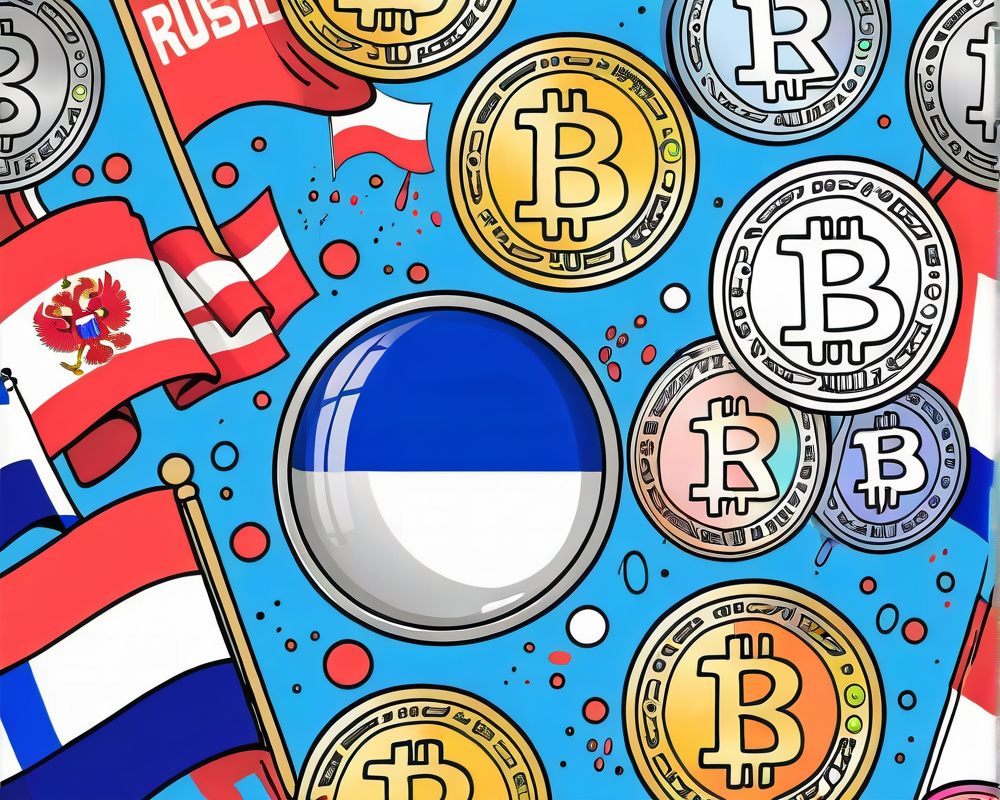The Digital Ruble: What’s the Buzz?
The Bank of Russia, led by the always intriguing governor Elvira Nabiullina, is tiptoeing into the world of central bank digital currencies (CBDCs) like a cat on a hot tin roof. Is it excitement? Fear? Maybe a bit of both? One thing’s for sure: the digital ruble is generating some serious chatter.
Conditions for a Digital Adoption
Nabiullina has laid down the law: the digital ruble is only getting the green light if it plays by specific rules during pilot tests. First up, cash being transformed into a digital ruble has to be as easy as pie—or maybe more like a slice of pizza, because who doesn’t like pizza? The conversion needs to occur at a one-to-one ratio, ensuring that you don’t end up with 0.9 rubles when you expected a full ruble. She insisted, “It should be a real full-fledged ruble, no discount or anything else.” No one likes to feel cheated, right?
A Year of Testing – No Instant Gratification Here!
Patience is a virtue, especially when it comes to something as crucial as a digital currency. Nabiullina mentioned that the Bank of Russia anticipates testing the digital ruble for a whopping one year prior to any full rollout. Can you imagine waiting that long? If this were a Netflix series, viewers might just hit the ‘next episode’ button out of sheer anticipation.
Inflation: The Elephant in the Room
Given the inflation monster lurking around—an eye-watering 8.1% in October, to be precise—Nabiullina wanted to make it perfectly clear: the digital ruble will not exacerbate inflation. “Our assumption is that the introduction of the digital ruble will not accelerate inflation in any way,” she stated. That’s great news for people whose wallets are already feeling the pinch! The hope is to trim inflation down to a manageable 5% or 6% by 2023. Fingers crossed, folks!
A Gradual Approach with Caveats
But hold on! The journey to a fully-operational digital ruble won’t be a sprint—it’ll be more like a slow, careful dance. The central bank is planning a phased rollout, slowly expanding its use case as they go along. Early adapter skepticism is rife, so there may be some “restrictions and limits” initially. It’s kind of like when you go to a trendy new restaurant and the menu is just a little too avant-garde.
Concerns on the Horizon
As if inflation and gradual implementation weren’t enough to worry about, Nabiullina expressed concerns that the digital ruble might unintentionally increase the cost of funding for banks—a cocktail of complexity that could muddle monetary policy. That said, as the digital currency becomes more widespread, these issues may smooth out like creases in a new shirt. Lawmakers have already advised a thorough evaluation of these risks to keep the banking industry stable. Better safe than sorry!
With pilot tests slated for early 2022 in collaboration with local banking titans like Sberbank and VTB, the digital ruble is gearing up for its debut. So buckle up; this financial ride may get bumpy, but it sure promises to be interesting!















+ There are no comments
Add yours